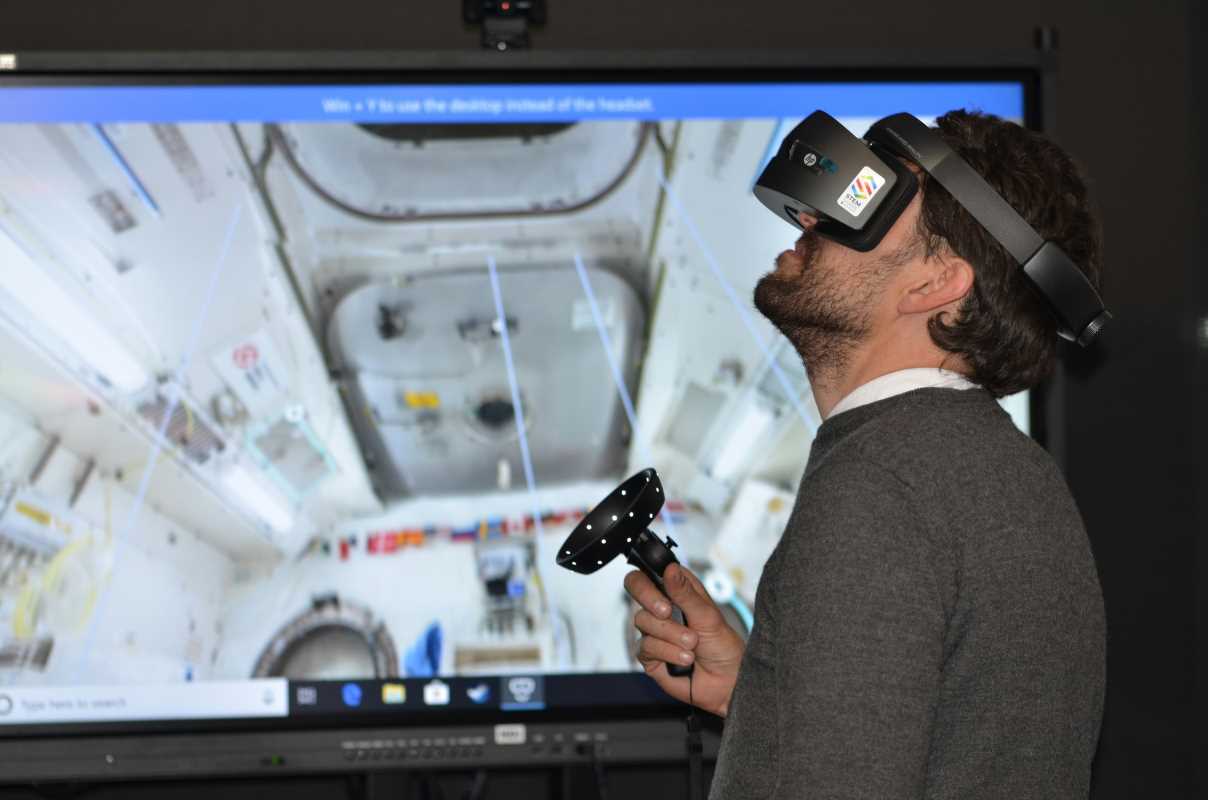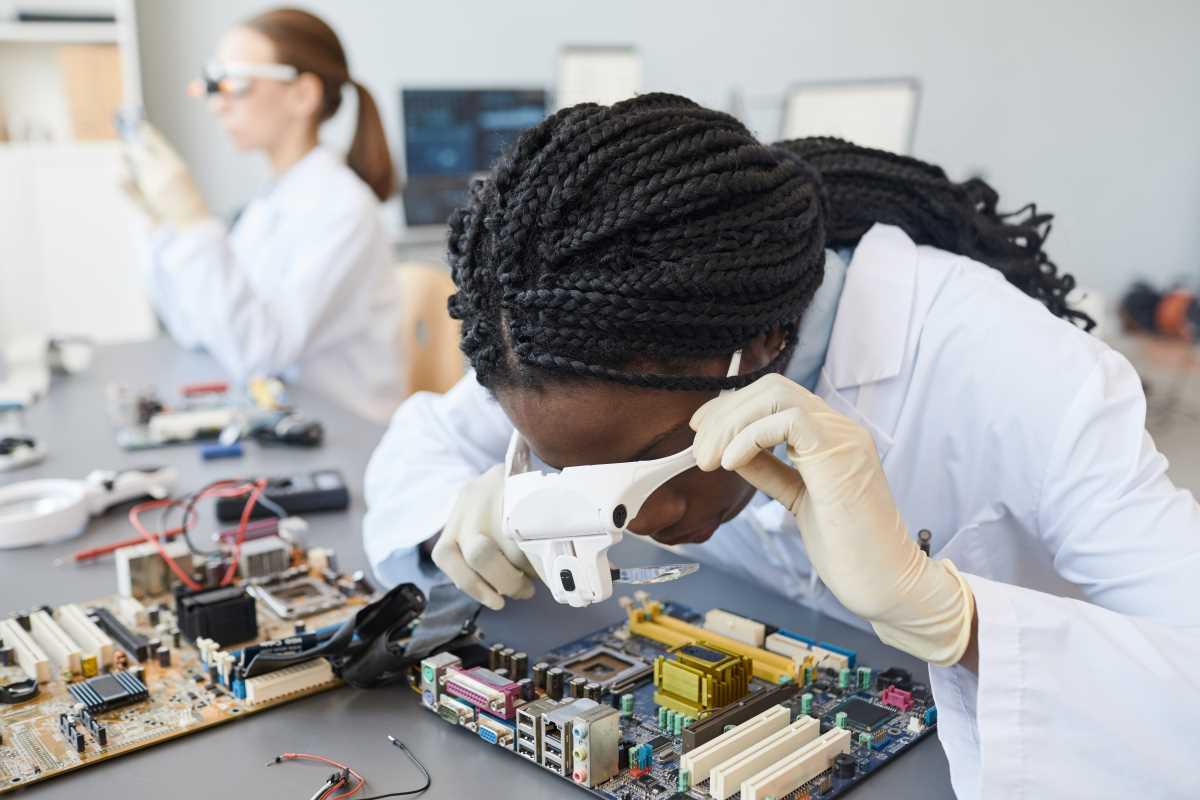Technology integration in education has transformed traditional teaching methods, with augmented reality (AR) emerging as a key driver of this change. In history classes, AR transforms the way students interact with and understand past events, influential figures, and cultural settings. This innovative tool brings historical artifacts and scenarios to life by superimposing digital content onto the real world, creating a multi-sensory learning experience that is both interactive and memorable. Students witness historical events unfolding before their eyes, bridging the gap between abstract textbook descriptions and tangible reality.
AR enables learners to explore complex historical narratives with clarity, making it easier to grasp chronology and context. As a result, AR fosters deeper engagement, improves retention of information, and encourages critical thinking about the past. This groundbreaking approach redefines the study of history and offers unprecedented opportunities for immersive, hands-on learning experiences that inspire curiosity and a lifelong passion for discovery today.
Challenges in the Current History Curriculum
- Limited engagement and motivation among students due to traditional teaching methods.
- Difficulties in visualizing historical events and contexts, making abstract concepts hard to grasp.
- Dependence on textbooks and static images, which can hinder the development of critical thinking skills.
- Insufficient resources and tools to create interactive and dynamic learning experiences.
- Challenges in catering to diverse learning styles and needs within the classroom.
The Role of Augmented Reality
Augmented reality serves as a bridge between abstract historical concepts and tangible learning experiences. By integrating AR into history lessons, educators create dynamic simulations of historical events, allowing students to witness and interact with important moments in history firsthand. This immersive approach not only enhances understanding but also builds a deeper emotional connection to the material.
AR can also support differentiated instruction by providing multiple entry points for students with varying learning preferences. For instance, visual learners can benefit from 3D models of historical artifacts, while kinesthetic learners can engage with interactive timelines and maps. By accommodating diverse learning styles, AR ensures that all students have the opportunity to excel in their understanding of history.
Augmented Reality Applications in History Education
- Google Expeditions: This tool allows students to take virtual field trips to historical sites around the world, providing a comprehensive understanding of different cultures and historical contexts.
- Timeline AR: An application that enables the visualization of historical timelines in a 3D space, helping students contextualize events and understand their chronological relationships.
- HistoryView VR: Offers immersive experiences where students can explore reconstructed historical environments and interact with key figures from the past.
- AR Flashcards: These flashcards come to life with interactive elements that provide additional information and context when viewed through an AR device, enhancing memorization and engagement.
- Annotate 3D: Allows students to create and manipulate 3D models of historical artifacts, deepening their understanding of their construction and significance.
Case Studies and Success Stories
Several educational institutions have successfully implemented AR into their history curricula, yielding positive outcomes. For example, a high school in California incorporated Google Expeditions into their World War II unit. Students could virtually visit battlefields and historical landmarks, which significantly enhanced their comprehension and retention of the material. Teachers reported increased student participation and enthusiasm during lessons.
Another notable case is a middle school in New York that utilized Timeline AR to teach ancient civilizations. By visualizing the rise and fall of empires in a 3D timeline, students developed a clearer understanding of historical causality and the interconnectedness of events. Feedback from both students and educators highlighted the effectiveness of AR in making history lessons more interactive and memorable.
Benefits and Drawbacks of Augmented Reality
The integration of AR into history education offers numerous benefits. Firstly, it enhances engagement by changing passive learning into active exploration. Students are more likely to retain information when they can interact with the content in a meaningful way. AR provides a safe environment for experimentation, allowing students to explore historical scenarios without real-world consequences.
Some potential drawbacks exist. The initial cost of AR devices and software can be a barrier for some educational institutions. The effectiveness of AR depends heavily on the quality of the content and the implementation method. Without proper training, teachers may find it challenging to integrate AR seamlessly into their lessons. There is also a risk of distraction if students focus more on the technology than the educational content. Balancing the use of AR with other teaching methods, such as flipped classrooms, can help address these challenges and maximize the benefits of augmented reality in history education.
Augmented reality promises to transform history education through immersive, interactive experiences that boost student engagement. Its growing role in curricula opens new avenues for exploring the past in innovative ways.
 (Image via
(Image via





